a common way to categorize causes of intellectual disabilities is to consider the
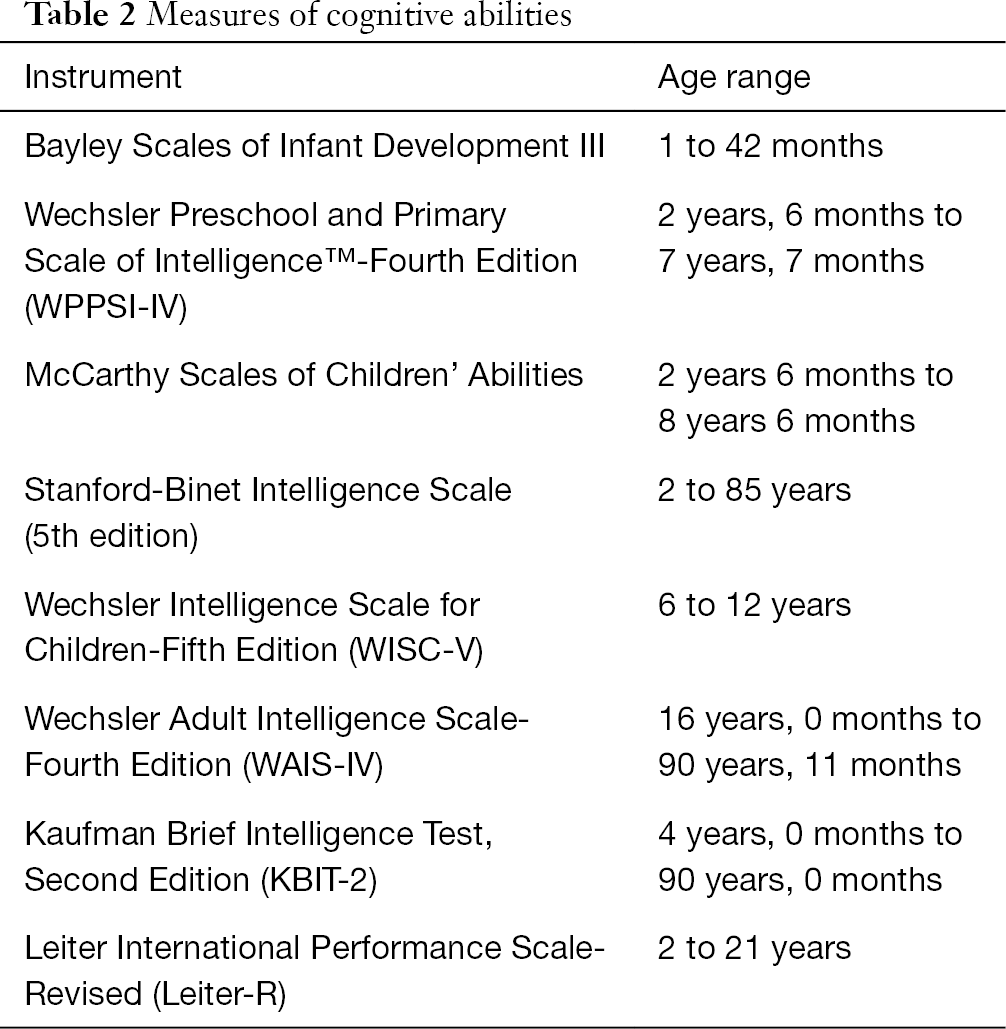 Intellectual disability: definitions, evaluation and principles of treatment - Patel - Pediatric Medicine
Intellectual disability: definitions, evaluation and principles of treatment - Patel - Pediatric MedicineWarning: The NCBI website requires JavaScript to operate. NCBI Bookshelf. Service of the National Library of Medicine, National Institutes of Health. Committee to Assess the Supplementary Safety Income Disability Programme for Children with Mental Disorders; Health Board of Certain Populations; Children, Youth and Families Board; Institute of Medicine; Division of Social and Social Sciences and Education; National Academy of Sciences, Engineering and Medicine; TF, Wu JT, editors. Mental disorders and disabilities among low-income children. Washington (DC): National Academies Press (US); 2015 Oct 28. Mental disorders and disabilities among low-income children. 9 Clinical characteristics of intellectual disabilityDIAGNOSIS AND ASESORAMIENTOLa intelligence is the general mental capacity that involves reasoning, planning, solving problems, thinking abstractly, understanding complex ideas, learning efficiently and learning from experience (). Historically, the intellectual disability (previously called "mental dependency") has been defined by significant cognitive deficits, which have been established by a standardized intelligence measure, in particular with a score of the IQ below 70 (two standard deviations below the average of 100 people in the population) and also by significant deficits in functional and adaptable skills. Adaptive skills imply the ability to perform everyday life activities appropriate to age. Two different systems for classifying intellectual disability (ID) used in the United States are those of the American Association on Intellectual and Development Disabilities (AAIDD) and the Diagnostic and Statistical Manual on Mental Disorders, 5th Edition (DSM-5), published by the American Psychiatry Association. Both systems classify the severity of the ID according to the support levels necessary to achieve the optimal personal functioning of an individual (see ). DSM-5 defines intellectual disabilities as neuro-developed disorders that begin in childhood and are characterized by intellectual difficulties, as well as difficulties in conceptual, social and life practices. The DSM-5 identification diagnosis requires the satisfaction of three criteria: Deficits in functioning—reasoning, problem resolution, planning, abstract thinking, judgment, academic learning, and learning from experience—confirmed by clinic evaluation and individualized standard IQ testing (, p. 33);Deficits in adaptive functioning that significantly hamper conforming to developmental and sociocultural standards for the individual's independence and ability to meet their social responsibility; andThe The DSM-5 identification definition encourages a more complete view of the individual of what was true in the fourth edition, DSM-IV. The DSM-IV definition included deficiencies in general mental capacities that affect how a person works in conceptual, social and daily life areas. DSM-5 abandoned the specific IQ scores as a diagnostic criterion, although it retained the general notion of two or more standard deviations below the general population. DSM-5 has placed more emphasis on adaptive operation and performance of the usual life skills. In contrast to the DSM-IV, which provided for deficiencies in two or more areas of skill, the DSM-5 criteria aim at impairing one or more superordinated domains of skill (e.g. conceptual, social, practical) (). The terms "mild", "moderate", "severe", and "deep" have been used to describe the severity of the condition (see ). This approach has been useful in that aspects of mild to moderate ID differ from severe to deep identification. The DSM-5 maintains this grouping with more emphasis on daily skills than on the specific range of the IQ. Moderate intellectual disability Most people with identification are classified as with mild intellectual disabilities. People with mild identification are slower in all areas of conceptual development and everyday social and life skills. These individuals can learn practical life skills, allowing them to function in ordinary life with minimal levels of support. People with moderate ID can take care of themselves, travel to family places in their community and learn basic skills related to safety and health. Your self-care requires moderate support. Intellectual severity Disability Severe ID manifests as important delays in development, and individuals often have the ability to understand discourse but otherwise have limited communication skills (). Despite learning simple daily routines and engaging in a simple self-care, people with severe identification need supervision in social settings and often need family care to live in a supervised environment as a group home. Deep Intellectual DisabilityPeople with deep intellectual disabilities often have congenital syndromes (). These people cannot live independently, and require close supervision and assistance in self-care activities. They have a very limited ability to communicate and often have physical limitations. People with mild to moderate disabilities are less likely to have associated medical conditions than persons with severe or deep identification. Severity Assessment AAIDD currently publishes a framework for assessing the severity of the ID, the Support Intensity Scale (SIS), which focuses on the types and intensities of the supports necessary for an individual to lead a normal and independent life, rather than defining the severity in terms of deficits. The SIS assesses the support needs of an individual in 49 life activities, divided into six categories: housing, community life, lifelong learning, employment, health and safety, and social activities. DSM-5 points out that intellectual performance reflects several different components: verbal understanding, work memory, perceptual reasoning, quantitative reasoning, abstract thinking and cognitive effectiveness (). Accurate measurement requires an instrument that is psychometrically valid, culturally appropriate and individually administered. In the absence of adequate measuring instruments, detection instruments can still help identify persons who need further evidence. The results of the IQ test are adjusted to the normal curve (in bell form), with an average intellectual coefficient of 100, and individuals with intellectual disabilities are usually two standard deviations below the average (IQ below 70). Several issues (e.g. corrected communication problems, sensory or motor difficulties) may affect the evaluation, and psychologists should address them in the light of what evidence to use. IQ scores are usually reported with an associated confidence interval that indicates a range within which the "true" score is likely to fall. An IQ measure frequently used for children in the United States is the Wechsler Intelligence Scale for children (WISC-V). Historically measured IQ verbal, IQ performance and full IQ performance (). In its most recent edition, the WISC-V provides a global IQ score, as well as five other scores for verbal understanding, visual abilities, fluid reasoning, working memory and processing speed (). Because IQ scores have been steadily rising since the 1930s, IQ standardized tests have been re-ruled periodically on the basis of the current population (). Etiology Environmental factors such as exposure to toxic substances (e.g. prenatal alcohol, prenatal or postnatal exposure), nutritional deficiencies (e.g. prenatal iodine deficiency), brain radiation, childhood brain infections, traumatic brain injuries, and maternal infections (e.g., rubella, cytomegalovirus) can lead to an ID. In addition, prenatal and postnatal complications, for example, complications of prematurity, such as hypoxemia and periventricular hemorrhage, can cause brain injuries as a result of identification. Genetic factors play an important role in identification. Different genetic causes can lead to identification. Down syndrome (trisomy 21) is the most common genetic cause of identification in the United States, which occurs approximately once every 700 live births (). Fragile X syndrome is the best known hereditary cause of identification, and affects approximately 1 for 5,000 men (). Many cases of identification in the population are of unknown etiology. Because of the various causes and consequences of the ID, an initial assessment should address the intellectual and life skills, the identification of genetic and non-genetic etiologies, and the diagnosis of conditions that need treatment (e.g. epilepsy and phenylcetonuria). Prenatal and perinatal medical records, physical examination, genetic evaluations and metabolic analysis and neuroimaginal evaluation can help determine the characteristics that may influence the course of the disorder. DEMOGRAPHIC FACTORS AND DISORDERID DURATION begins in the first two decades of life. The age and characteristics of the appearance depend on the cause of disability and the severity of neuropsychiatric dysfunction. The identification of children with a more severe ID (which would have previously been called severe and profound mental retardation) usually occurs early in life. These children often have dysmorphological characteristics and associated medical conditions and higher rates of behavioral and psychiatric disorders. Persons with severe intellectual disabilities may show delays in the engine, language and social achievements in the first 2 years of life. People with mild intellectual disabilities cannot be recognized until early school age because it is when their difficulties with academic learning become evident. Depending on your cause, the ID may be stable and non-aggressive or may get worse over time. After early childhood, the disorder is chronic and usually lasts an individual's life; however, the severity of the disorder can change with age. For example, visual or hearing difficulties, epilepsy, psychological or cranial trauma, substance abuse and other medical conditions may affect the course of the disorder. On the contrary, early intervention can improve adaptation skills. SexMales is more likely to be diagnosed with identification. According to the National Health Interview Survey, between 1997 and 2008 the prevalence of the ID was 0.78% in boys and 0.63% in girls (). In general, prevalence studies show a male excess in the prevalence of ID, which is partially explained by causes related to x of disability, such as fragile X syndrome (). Career/Ethnicity In the United States, the prevalence of ID varies according to race or ethnicity, probably due to confusion over the socio-economic state. Non-Hispanic Black children are approximately twice as likely, and Hispanic children are approximately one and a half times more likely, diagnosed as non-Hispanic white children (; ; ; ; ; ). Linguistic differences and poverty can contribute to racial and ethnic differences in performance in cognitive tests and corresponding disparities in prevalence. Even after taking into account the effects of SES, there is evidence that the test bias and diagnostic bias affects the rates of the diagnosis of ID (). Socioeconomic situationPoverty is one of the most consistent risk factors for the ID (; ; ; ; ). Boyle and colleagues reported that in the United States between 1997 and 2008, the prevalence of ID among children below 200 percent of the federal poverty level (FPL) was 1.03 percent, while for those over 200 percent of the FPL the rate was 0.5 percent (). Likewise, Camp and colleagues found the prevalence of ID among children of low SES to be more than twice as that among middle- or high-SES children (). The association between low SES and poverty is considerably stronger for mild levels than for more severe levels of ID (; ). Many neurodeveloped, psychiatric and medical disorders co-occurr with the ID, especially communication disorders, learning disabilities, cerebral palsy, epilepsy, and various conditions of genetic transmission (). Estimates of the rates of psychiatric living conditions vary. For many years there was an underestimation of the increased risk of developing wild conditions ("diagnostic overrun"). As the investigation was carried out, it became clear that the risk of conspicuous conditions is greater than previously believed. For example, Rutter and colleagues reported rates of 30 to 42 per cent of psychopathology in children with mental retardation compared to 6 to 7 per cent in children without disabilities (). Gillberg and his colleagues reported that 57 per cent of subjects with mild and severe mental retardation met diagnostic criteria for affective, anxiety, behavior, schizophrenia and somatoform disorders and hyperactivity disorder due to care deficit (ADHD) (). Most studies indicate a four to five-fold increase in mental health problems among persons with identification. In general, at least 25 per cent of people with ID may have significant psychiatric problems, and the population experiences, in particular, significantly higher rates of schizophrenia, depression and ADHD (; ). IMPAIRMENT The diagnosis of ID requires evidence of deficiencies in real life (adaptive) skills; therefore, all people with ID demonstrate functional impairment. These adaptive capabilities relate to things such as understanding rules, the ability to navigate daily life tasks, and participation in family, school and community activities. There are various assessments of these skills, such as Vineland's adaptive behavior scales, which is a widely used instrument (). The evaluation of these skills helps to plan remediation, that is, teaching specific skills and working in generalizing skills. TREATMENT AND OUTCOMESTreatments for ID generally fall into three main categories: (1) treatments that address or mitigate any underlying cause of ID, such as restricting phenylalanine in the diet of patients who have phenylketonuria; (2) treatments of comorbid physical and mental disorders with the aim of improving the patient's functioning and life skills, such as targeted pharmacologic treatments of conductal disorders The guidelines for the evaluation and management of the ID are generally focused on psychosocial interventions. The challenges vary with the age of the individual and the level of deterioration, as well as with the presence of other associated conditions (; ; ; ). Because individuals with ID can manifest the entire range of psychiatric disorders, medicines can sometimes help manage these disorders (). However, the cognitive and verbal limitations of patients with ID make it difficult for the psychiatric diagnosis process. These disorders often respond to standard psychiatric treatment, i.e. medications and psychosocial support, although in the main ID it makes the treatment more complex. FINDINGSREFERENCESViews In this pageRelated informationInitiative activities Your browsing activity is empty. The activity recording is off. , 8600 Rockville Pike, Bethesda MD, 20894 USA
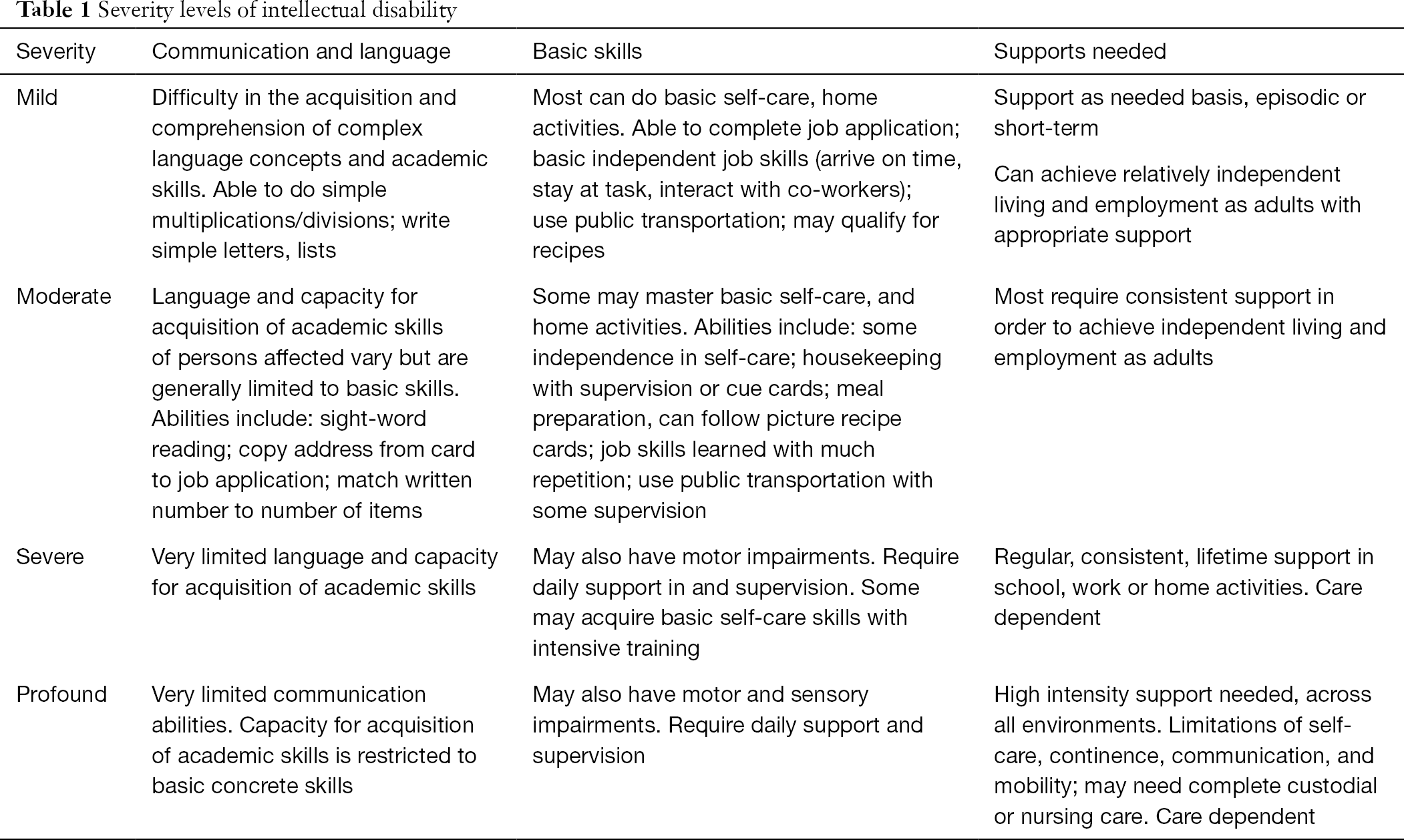
Intellectual disability: definitions, evaluation and principles of treatment - Patel - Pediatric Medicine

A clinical primer on intellectual disability - Patel - Translational Pediatrics
Ethics, Public Policy and Care of Individuals with Intellectual Disability

A clinical primer on intellectual disability - Patel - Translational Pediatrics

Exam Two Review Flashcards | Quizlet

A clinical primer on intellectual disability - Patel - Translational Pediatrics
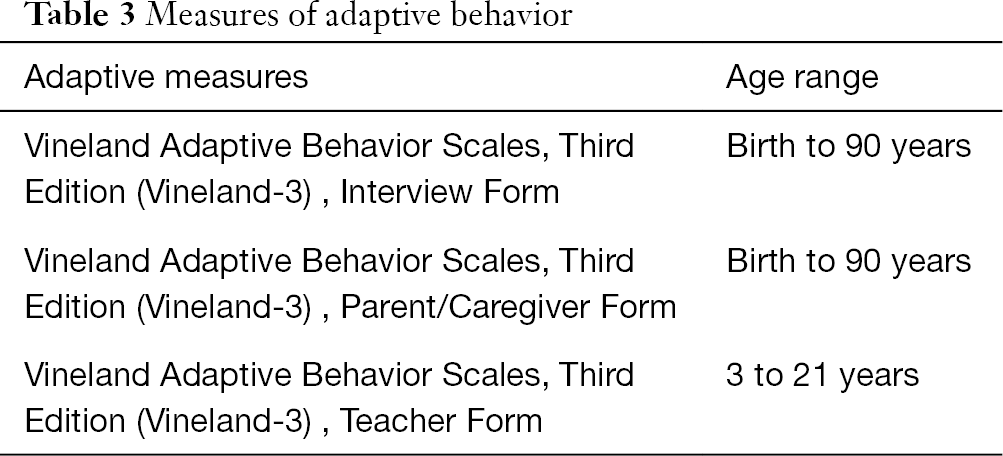
Intellectual disability: definitions, evaluation and principles of treatment - Patel - Pediatric Medicine

A clinical primer on intellectual disability - Patel - Translational Pediatrics

A clinical primer on intellectual disability - Patel - Translational Pediatrics

Intellectual disability: definitions, evaluation and principles of treatment - Patel - Pediatric Medicine
CHAPTER 5 Intellectual Disability and Developmental Disorders

Understanding Disability: An Introduction to the Classification, Stigma, and Politics of Disabilities | Springer Publishing

Understanding Disability: An Introduction to the Classification, Stigma, and Politics of Disabilities | Springer Publishing

Intellectual disability - Wikipedia

Genetic testing and common disorders in a public health framework: how to assess relevance and possibilities | European Journal of Human Genetics

PDF) Intellectual Disability: Definition, classification, causes and characteristics

1 Introduction | Speech and Language Disorders in Children: Implications for the Social Security Administration's Supplemental Security Income Program | The National Academies Press
Researching Policy and Practice to Safeguard People With Intellectual Disabilities from Abuse: Some Methodological Challenges
Intellectual Disability and Developmental Disorders in Children CHAPTER 4

PDF) Categorizing the cries of infants with ASD versus typically developing infants: A study of adult accuracy and reaction time

A clinical primer on intellectual disability - Patel - Translational Pediatrics
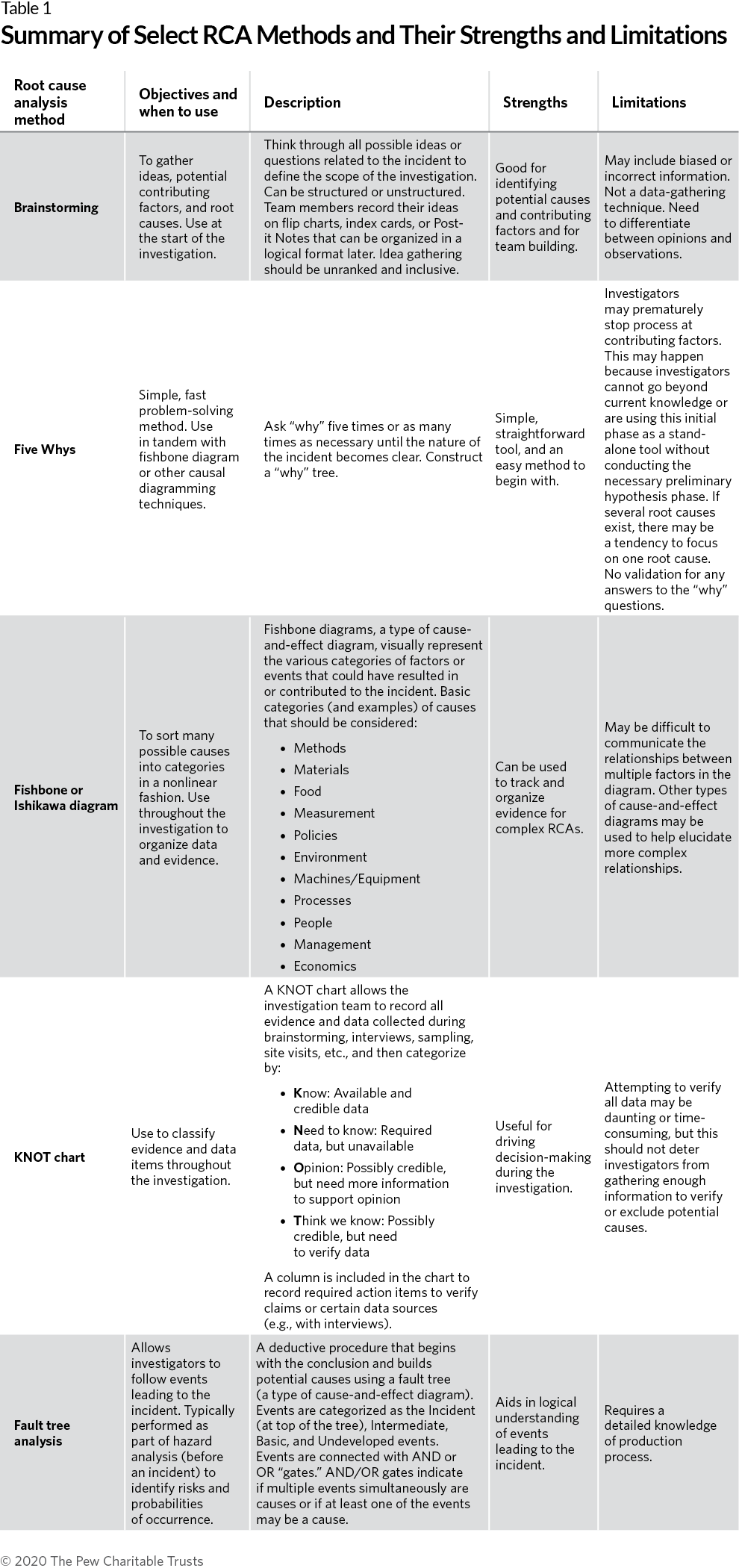
A Guide for Conducting a Food Safety Root Cause Analysis | The Pew Charitable Trusts

A clinical primer on intellectual disability - Patel - Translational Pediatrics

PDF) The role of staff in health promotion in community residences for people with intellectual disabilities: Variation in views among managers and caregivers

Implications for Talent Management and Impact on Employees (Part III) - The Cambridge Handbook of the Changing Nature of Work
5 Selected Instruments for Assessment of Physical Functional Abilities Relevant to Work Requirements | Functional Assessment for Adults with Disabilities | The National Academies Press
Frequently Asked Questions on Intellectual Disability and the AAIDD Definition
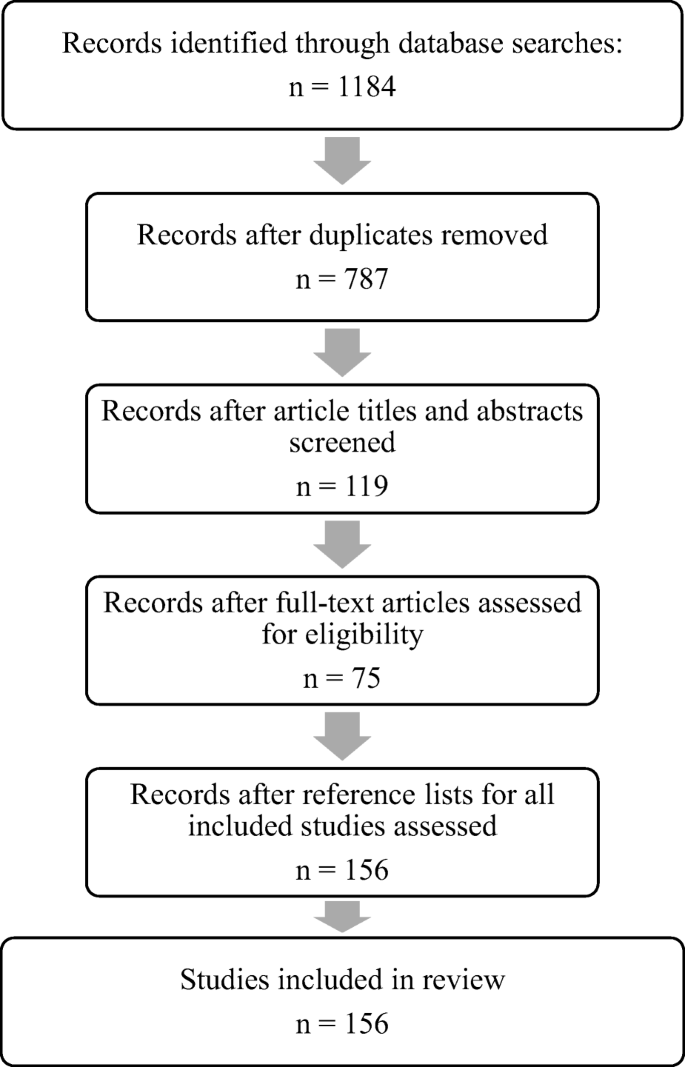
Staff Training in Intellectual and Developmental Disability Settings: a Scoping Review | SpringerLink

Mortality, morbidity, and risk factors in China and its provinces, 1990–2017: a systematic analysis for the Global Burden of Disease Study 2017 - The Lancet
Frequently Asked Questions on Intellectual Disability and the AAIDD Definition
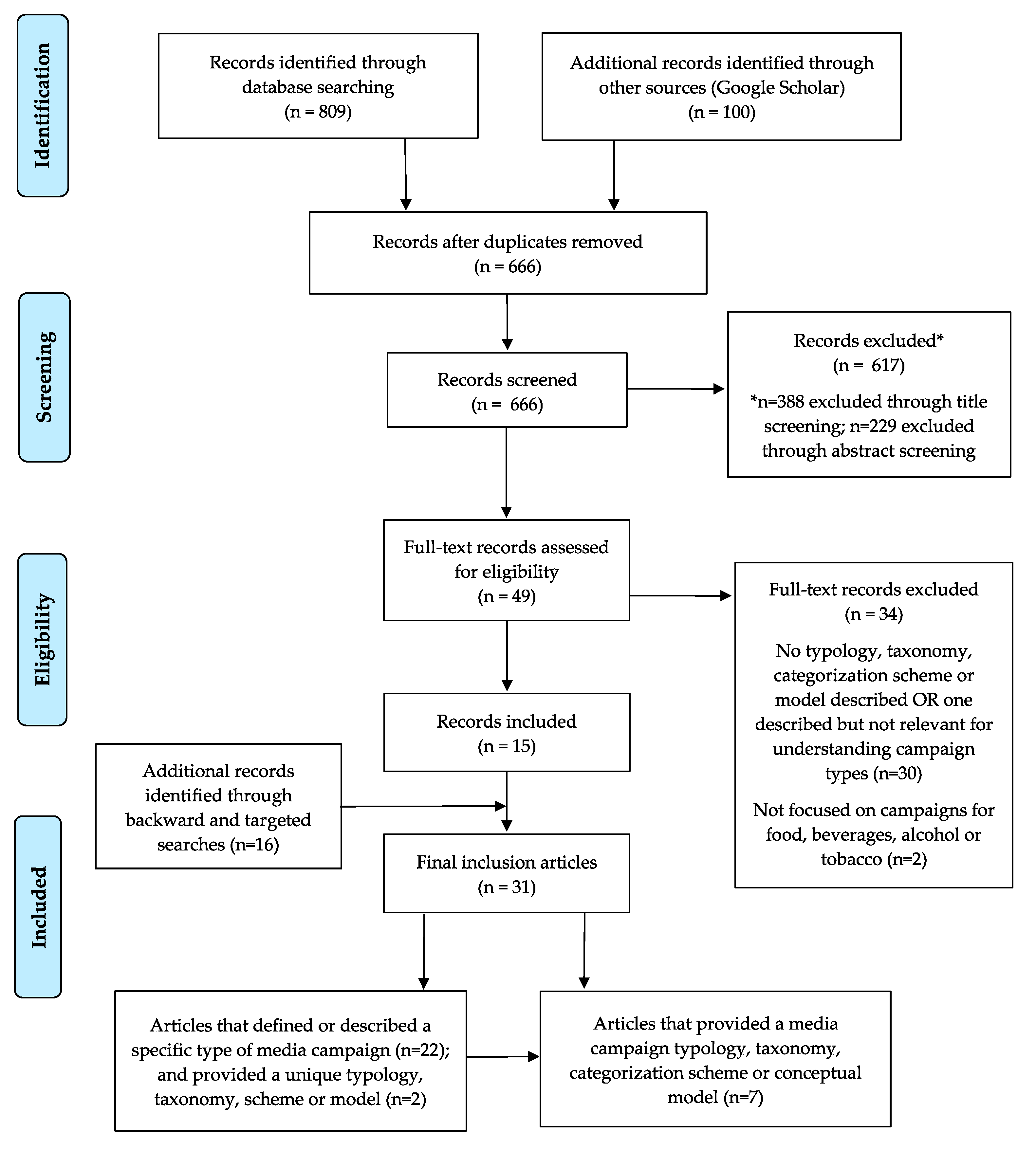
IJERPH | Free Full-Text | A Systematic Scoping Review of Media Campaigns to Develop a Typology to Evaluate Their Collective Impact on Promoting Healthy Hydration Behaviors and Reducing Sugary Beverage Health Risks |
RICE UNIVERSITY The Concept of Disability: A Philosophical Analysis By David Christopher Ralston A THESIS SUBMITTED IN PARTIAL F

Intellectual Disability: Levels, Causes, and Outlook
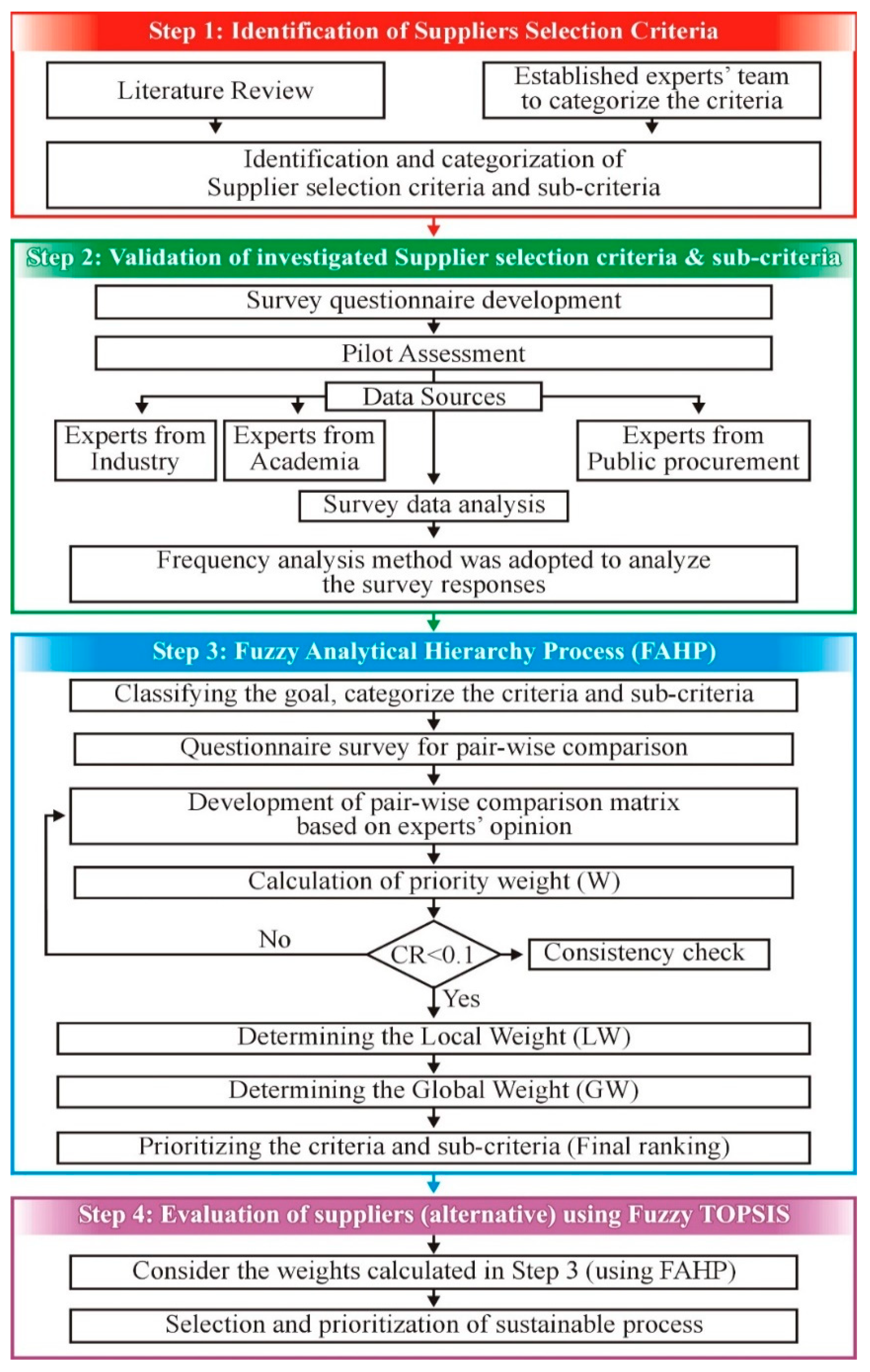
Sustainability | Free Full-Text | A Hybrid Multi-Criteria Approach for Evaluation and Selection of Sustainable Suppliers in the Avionics Industry of Pakistan | HTML

Cognitive Deficits & Intellectual Disability: Meaning & Treatment
CHAPTER 5 Intellectual Disability and Developmental Disorders
INCLUSIVE EDUCATION Main Paper
Exam 2 SPED3700 Flashcards | Quizlet

EX-99.2 3 a20-20788_1ex99d2.htm EX-99.2 Exhibit 99.2 Annual Report and Accounts GRAPHIC WHATWEDO International Game Technology PLC is the global leader in gaming. We deliver entertaining and responsible gaming experiences for players ...
Posting Komentar untuk "a common way to categorize causes of intellectual disabilities is to consider the"